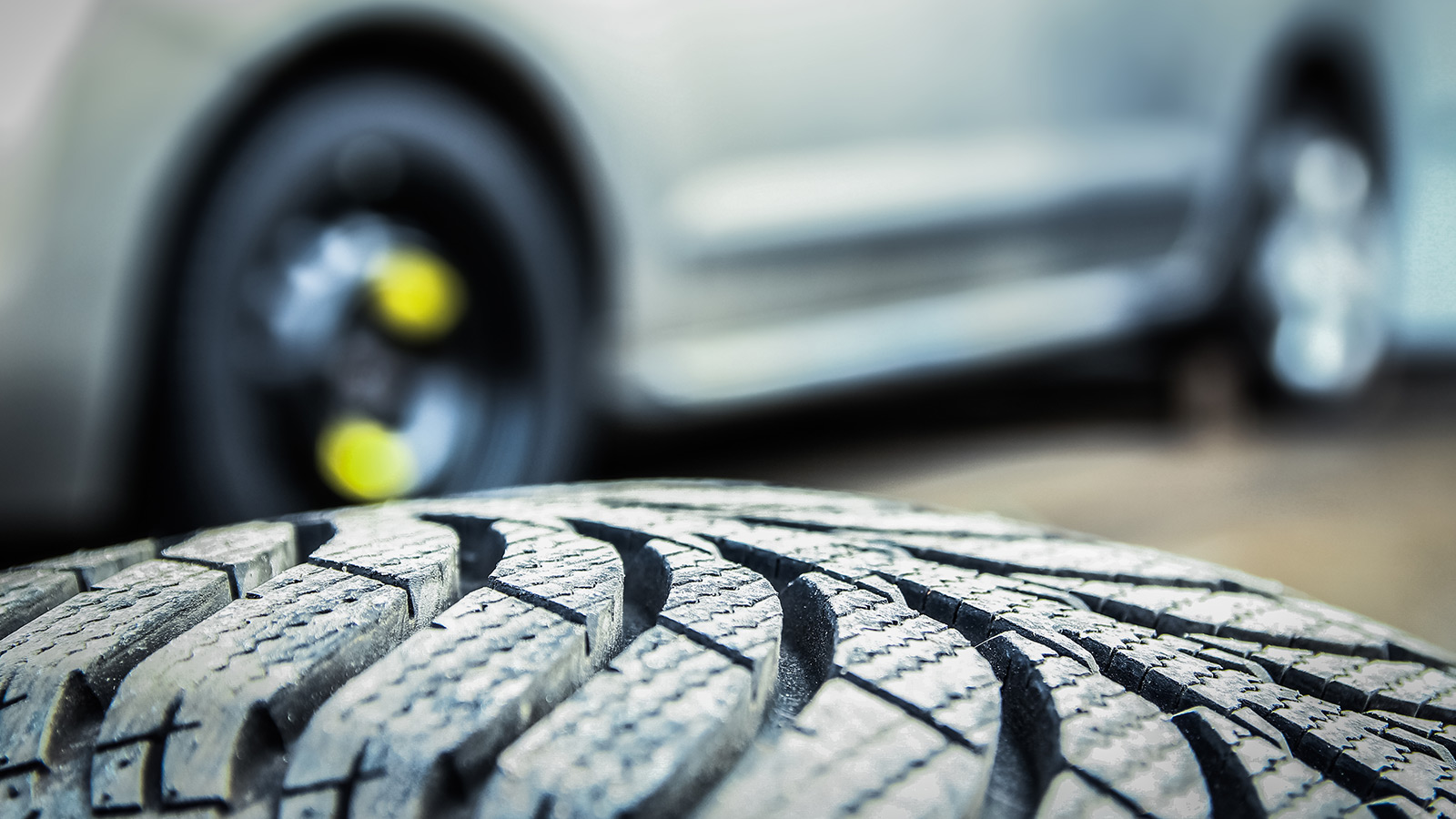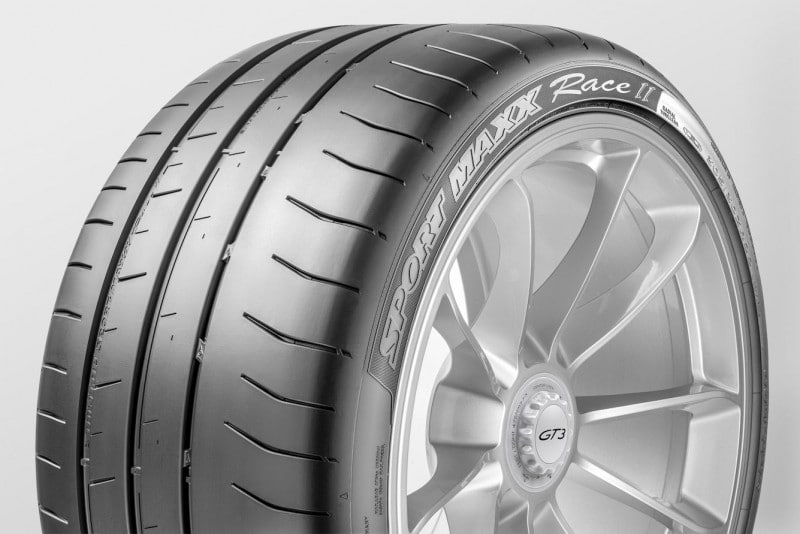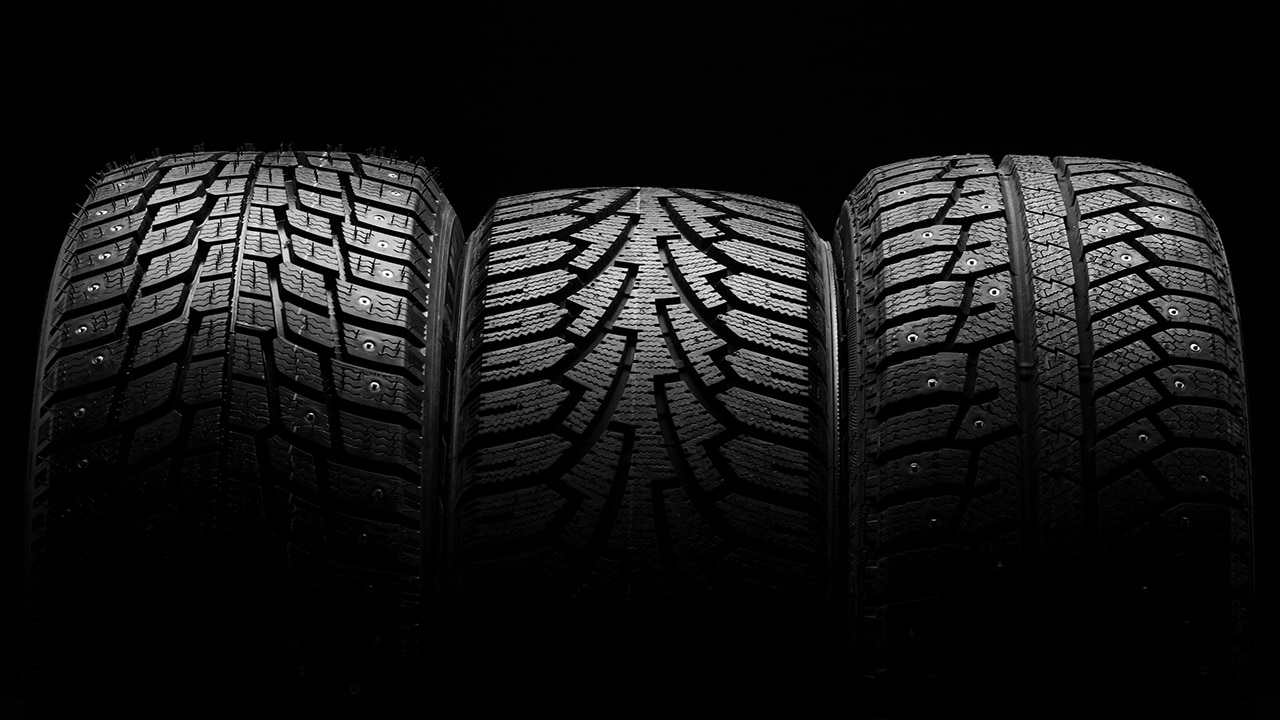All Categories
Featured
Table of Contents
I was able to get 100 hours out of among these tires, and while it had definitely no tire lugs left on it, the soft substance made it function really wellas long as I was utilizing a soft mousse. Kitt Stringer picture Easy mounting - 3Wear - 3Sidewall toughness - 3Performance on origins - 4Performance on wet rocks - 2Traction on dirt - 5Cornering capacity - 4Traction while stopping - 4Self-clearing of dirt and mud - 3Performance in mud - 3Overall predictability or monitoring - 3 _ 37 Conclusion: This is an excellent all-around tire with good value for cash.

The wear corresponded and I like the length of time it lasted and just how constant the feel was during usage. This would certainly likewise be a great tire for faster races as the lug dimension and spacing bit in well on quick surface. Kitt Stringer image Easy placing - 3Wear - 3Sidewall toughness - 3Performance on roots - 4Performance on wet rocks - 4Traction on dust - 4Cornering capacity - 4Traction while stopping - 5Self-clearing of dust and mud - 4Performance in mud - 4Overall predictability or monitoring - 4_42 Conclusion: I liked this tire a whole lot.
If I needed to acquire a tire for hard enduro, this would certainly be in my leading choice. Easy placing - 3Wear - 3Sidewall toughness - 3Performance on roots - 4Performance on damp rocks - 3Traction on dirt - 4Cornering ability - 3Traction while braking - 3Self-clearing of dirt and mud - 4Performance in mud - 4Overall predictability or monitoring - 3 _ 34 Conclusion: This tire was extremely soft and flexible.
All the gummy tires I evaluated executed fairly close for the initial 10 hours approximately, with the victors mosting likely to the softer tires that had far better traction on rocks (Tyre rotation services). Getting a gummy tire will absolutely give you a solid benefit over a regular soft substance tire, but you do spend for that advantage with quicker wear
Honest Tyre Balancing – Bennett Springs WA
This is an optimal tire for spring and fall problems where the dust is soft with some wetness still in it. These proven race tires are excellent all about, but use swiftly.
My overall victor for a difficult enduro tire. If I needed to invest money on a tire for everyday training and riding, I would choose this set.
Honest Tyre Deals Near Me
I have actually been running a collection of Michelin Power Pilot 2CT's on my track Daytona 675 for the previous year. Because time I have done 15 track days in all climates from cold damp to super warm and these tires have actually never missed a beat. Premium tyre selection. I've done virtually 2,000 miles (3,200 km) on them and as you can see from this shot of the front taken after first session of my 15th track day on them, they still have quite a lot of rubber left on them
In brief the 2CT is an amazing track day tire. If you're the type of rider that is likely to come across both damp and dry problems and is beginning out on course days as I was in 2015, after that I assume you'll be difficult pressed to find a far better worth for money and skilled tire than the 2CT; a pair of which will set you back around 185 (US$ 300) in the UK.
Developing a much better all round road/track tyre than the 2CT should have been a hard task for Michelin. The result of that initiative is the Michelin Pilot Power 3 which basically changes the Pure. Don't perplex this brand-new tire with the road going Pilot Roadway 3 which is not developed for track usage (although some motorcyclists do).
They motivate significant self-confidence and provide impressive grasp levels in either the damp or the dry. When the Pilot Power 3 launched, Michelin suggested it as a 50:50% roadway: track tire. That message has actually recently changed because the tyres are currently recommended as 85:15% road: track usage instead. All the cyclist reports that I have actually reviewed for the tire price it as a much better tire than the 2CT in all locations but specifically in the damp.
Top Tyre Balancing – Swan
Technically there are many distinctions in between both tires even though both utilize a twin substance. Visually you can see that the 2CT has less grooves reduced into the tire yet that the grooves run to the side of the tyre. The Pilot Power 3 has more grooves for better water dispersal but these grooves don't reach the shoulder of the tire.
One facet of the Pilot Power 3 which is different to the 2CT is the brand-new 2CT+ technology which expands the harder center area under the softer shoulders (on the back tire). This ought to provide a lot more stability and reduce any kind of "wriggle" when speeding up out of corners despite the lighter weight and more versatile nature of this new tyre.

I was a little dubious regarding these reduced stress, it transformed out that they were fine and the tires executed actually well on track, and the rubber looked much better for it at the end of the day. Simply as a point of referral, various other (fast group) motorcyclists running Metzeler Racetecs were utilizing tyre pressures around 22-24 psi for the rear and 24-27 psi on the front.
Coming up with a far better all rounded road/track tyre than the 2CT should have been a tough job for Michelin. The outcome of that effort is the Michelin Pilot Power 3 which basically changes the Pure. Do not puzzle this new tyre with the road going Pilot Roadway 3 which is not developed for track usage (although some riders do).
Performance Tyres Near Me – Bennett Springs WA
They influence substantial confidence and supply fantastic grasp levels in either the wet or the completely dry. When the Pilot Power 3 released, Michelin recommended it as a 50:50% road: track tyre. That message has actually lately altered due to the fact that the tyres are currently recommended as 85:15% road: track use rather. All the rider reports that I have actually read for the tyre price it as a much better tire than the 2CT in all areas however especially in the wet.

Technically there are quite a couple of distinctions between the two tyres even though both make use of a double compound. Aesthetically you can see that the 2CT has less grooves cut right into the tyre but that the grooves run to the edge of the tyre. The Pilot Power 3 has even more grooves for better water dispersal yet these grooves don't reach the shoulder of the tire.
One aspect of the Pilot Power 3 which is various to the 2CT is the new 2CT+ modern technology which expands the harder middle section under the softer shoulders (on the back tire). This ought to give more stability and reduce any "squirm" when increasing out of corners despite the lighter weight and more flexible nature of this brand-new tyre.
Although I was somewhat uncertain regarding these lower pressures, it ended up that they were fine and the tyres executed really well on track, and the rubber looked much better for it at the end of the day. Equally as a factor of referral, other (fast group) cyclists running Metzeler Racetecs were using tire stress around 22-24 psi for the rear and 24-27 psi on the front
Latest Posts
Vehicle Tyres Near Me (Bayswater)
Tyre Replacement – West Swan
Tyre Safety ( Stirling 6059 WA)